Detailed explanation of various standard color cards you have never seen before
1, PANTONE
PANTONE is probably the most common color card used by fabric, printing and dyeing practitioners.

Pantone is headquartered in Carlstadt, New Jersey, the United States. It is an authoritative organization renowned for the development and research of color. It is also a supplier of color systems for many industries including printing and other industries. Professional color selection and precise communication about color in digital technology, fabrics, plastics, architecture and interior design.
Pantone was acquired in 1962 by Lawrence Herbert, the company’s chairman, chairman and CEO. At that time, it was just a small company producing color cards for cosmetics companies. Herbert introduced the original “Pantone Color Matching System” color scale in 1963. At the end of 2007, Pantone was acquired by X-rite, another color service provider, for US$180 million.
The color card dedicated to the fabric industry is PANTONE TX card, which is divided into PANTONE TPX (paper card) and PANTONE TCX (cotton card). PANTONE C cards and U cards are also frequently used in the printing industry.
For 17 years, the annual Pantone Color of the Year has become the representative of popular colors!
2. CNCSCOLOR
CNCS color card: China’s national standard color card.
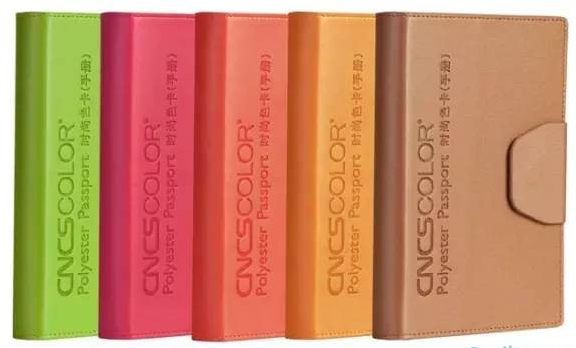
Since 2001, China Fabric Information Center has undertaken the “China Applied Color Research Project” of the Ministry of Science and Technology and established the CNCS color system. After that, extensive color research was conducted, color information was collected through the center’s trend research department, China Fashion Color Association, foreign partners, buyers, designers, etc., and market research was carried out. After several years of hard work, the color system was developed and the materials and processes used were determined.
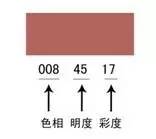
CNCSCOLOR’s 7-digit number, the first 3 digits are hue, the middle 2 digits are lightness, and the last 2 digits are chroma.
Hue
Hue is divided into 160 levels, and its label range is 001-160. Hues are arranged in sequence from red to yellow, green, blue, purple and other colors in a counterclockwise direction on a hue circle. The CNCS hue circle is shown in Figure 1.
Value(Value)
There are 99 brightness levels between ideal black and ideal white. The lightness numbers range from 01 to 99, arranged in order from small to large (that is, from dark to light).
Chroma
The chroma number starts from 01 and increases from the center of the hue ring outward in the radiating direction, such as 01, 02, 03, 04, 05, 06… Extremely low chroma with a chroma less than 01 is represented by 00
3. DIC
COLOR
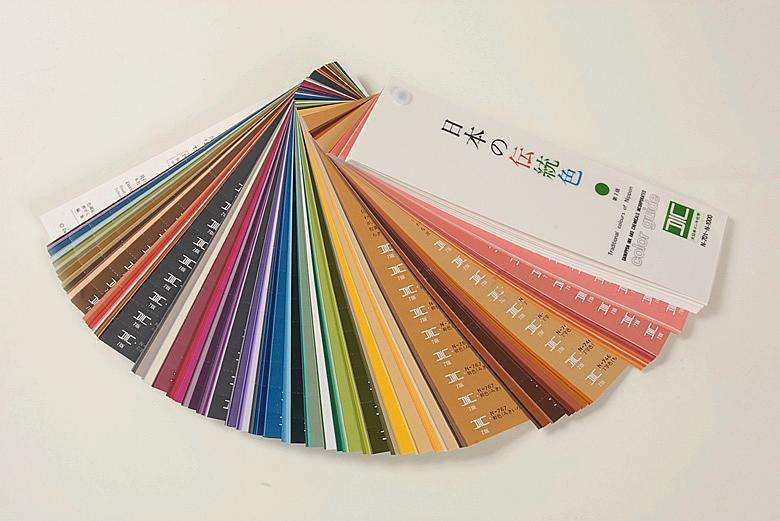
DIC color card, originated from Japan, is specially used in industry, graphic design, packaging, paper printing, architectural coatings, inks, fabrics, printing and dyeing, design, etc.
4. MUNSELL
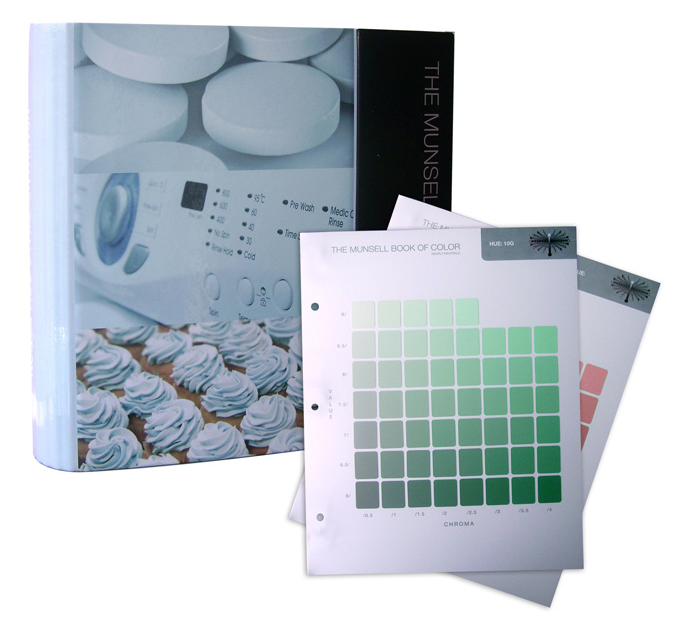
The color card is based on the American colorist Albert Munsell
Named after H. Munsell 1858-1918), the Munsell color system has been repeatedly revised by the American National Bureau of Standards and the Institute of Completion, and has become one of the standard color systems recognized in the color industry.
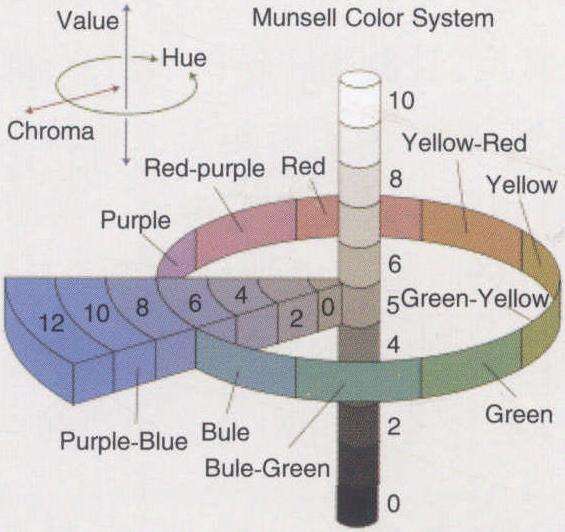
In 1905, Albert H. Munsell developed a widely accepted color sequence system (color
order system), called the Munsell color system, which provides a precise description of color. The total color aggregate described by Munsell color space is called Munsell color solid, which is like a twisted eccentric sphere.
5. NCS

CS research began in 1611 and has now become the national inspection standard in Sweden, Norway, Spain and other countries. It is the most widely used color system in Europe. It describes colors the way the eye sees them. The surface color is defined in the NCS color card and is given a color number.
NCS color cards can infer the basic attributes of colors through color numbers, such as blackness, chroma, whiteness and hue. The NCS color card number describes the visual properties of the color and has nothing to do with the pigment formula and finishing parameters.
6、RAL
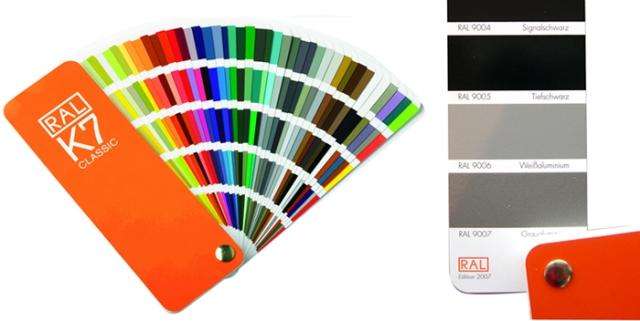
RAL, German RAL color card. German European standards are also widely used internationally.
In 1927, RAL got involved in the color industry and created a unified language to count and name a variety of color website building standards. These standards are widely understood and applied in the world. The 4-digit RAL color has been used as a color standard for 70 years, and has developed to more than 200 types so far.
AAAGHRTYJYITLUY
Disclaimer:
Disclaimer: Some of the texts, pictures, audios, and videos of some articles published on this site are from the Internet and do not represent the views of this site. The copyrights belong to the original authors. If you find that the information reproduced on this website infringes upon your rights, please contact us and we will change or delete it as soon as possible.
AA






